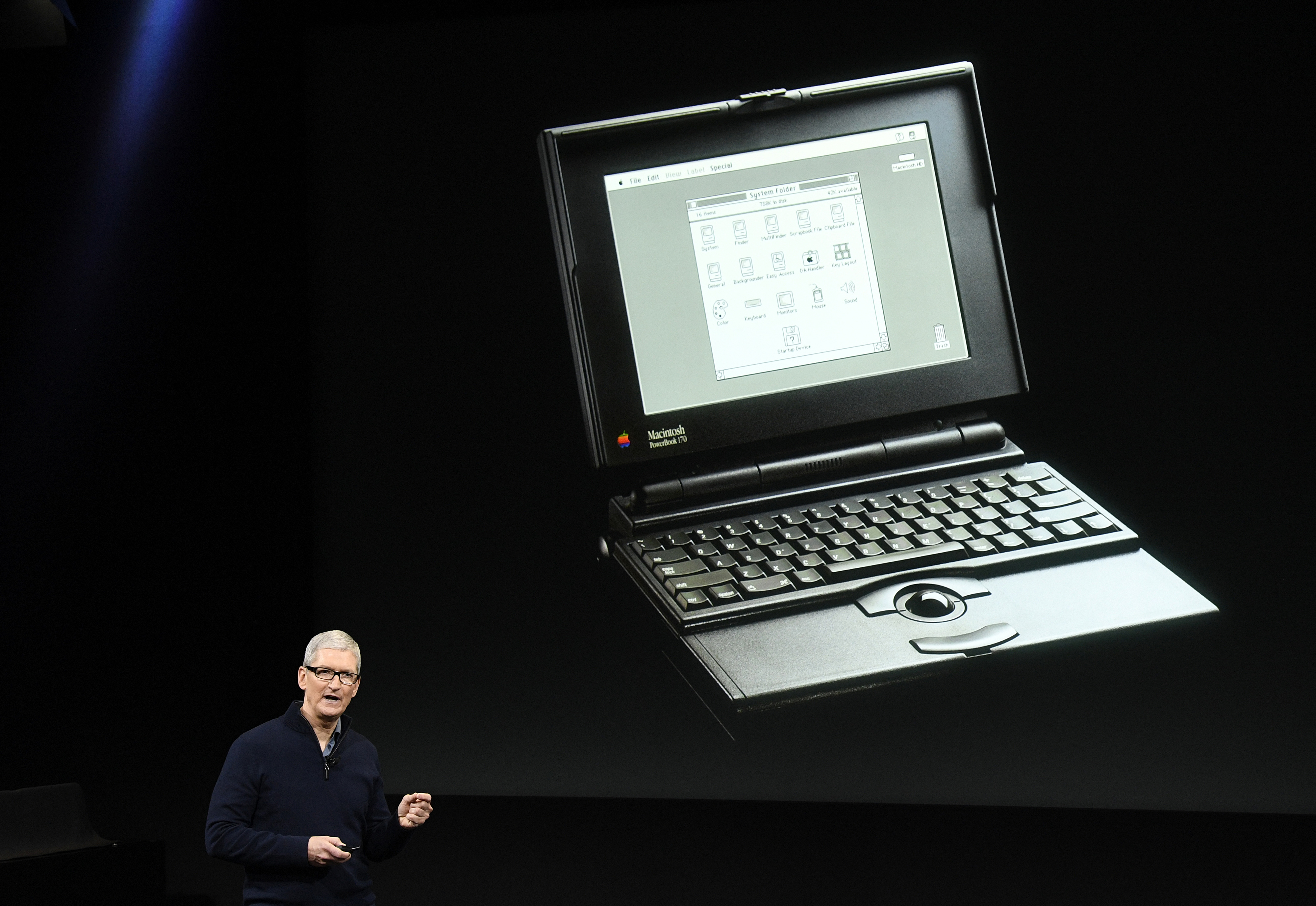
Apple’s event last week to unveil new laptops and some improvements to its TV set-top box software were underwhelming on multiple levels. Now some are questioning whether Apple’s fundamental strategies for the two markets are running aground as well.
The new product introductions started with a new app for the Apple TV software called “TV.” The app was supposed to correct one of the chief weaknesses of Apple TV in which a user might have to search across multiple apps, one at a time, to find a particular program to watch. With the new TV app, users were supposed to be able to search for a show across many apps at one time. The problem was that Netflix NFLX and Amazon Video, the two most popular Internet streaming video services, weren’t included.
Then Apple finally moved to update its aging line of Mac computers. But only the MacBook Pro notebook line got updates, while the iMac and Mac pro desktop lines remained unchanged, and the updated MacBook Pro models rely on year-old CPU chips from Intel.
The moves—or the lack of additional moves—have prompted criticism of Apple’s strategy in both markets.
The TV announcement left Apple with the most expensive Internet set-top box on the market, but lacking the features of many cheaper devices that can display 4K video. Blogger Joe Steel put together a list of 10 competing Internet video devices that cost less and had more features. Amazon’s AMZN $90 Fire TV set top box, for example, can display 4K video and has a universal search app that includes Netflix.
“There is no way to justify spending $150 to enter Apple’s TV ecosystem in the fall of 2016 on hardware alone,” Steel wrote. “When Google is making a streaming UHD HDR player that costs LESS than a replacement Siri Remote, there is a problem with the hardware Apple is selling.”
While the TV app may be helpful in some situations, Apple still hasn’t been able to create its own compelling online TV service while competitors, like Google GOOGL and AT&T T , push ahead. An Apple line-up of programming that was uniquely available on the Apple TV box might provide a compelling reason to buy the device. But without unique content or the most desirable features, Steel wonders “Who is this product for?”
On the laptop side, Apple’s decisions have raised similar questions.
One red flag came with Apple’s choice of CPU, which is based on Intel’s three-year-old Skylake platform, not the brand new Kaby Lake platform. Writer and developer Owen Williams pointed out that the CPUs in older MacBook Pro laptops outperform the chips selected for the newer models in some benchmarks.
“You can use a MacBook from 2012 right now and probably can’t tell the difference,” Williams wrote. “But therein lies the problem — the company waited four years, then didn’t really deliver any real future-value other than it’s ‘new.’”
Others criticized Apple AAPL for failing to make the “Pro” line more useful to modern professional workers in creative fields, traditionally one Apple’s strongest markets. The new laptops lack the powerful graphics chips needed to work on virtual reality projects, for example, observed Peter Kirn, editor in chief of the Creative Digital Media website.
“The Mac made its name because it embraced desktop publishing and graphics when the PC missed the boat,” Kirn wrote. “Now, it seems Apple is about to miss next-generation graphics, 3D, and virtual reality.”
At last week’s event, Apple harkened back to the introduction of the original Mac in 1984 and the first Mac laptop in 1991. But if the critics are correct, the company may have lost touch with what made those iconic products so successful.
Fortune
END

Be the first to comment